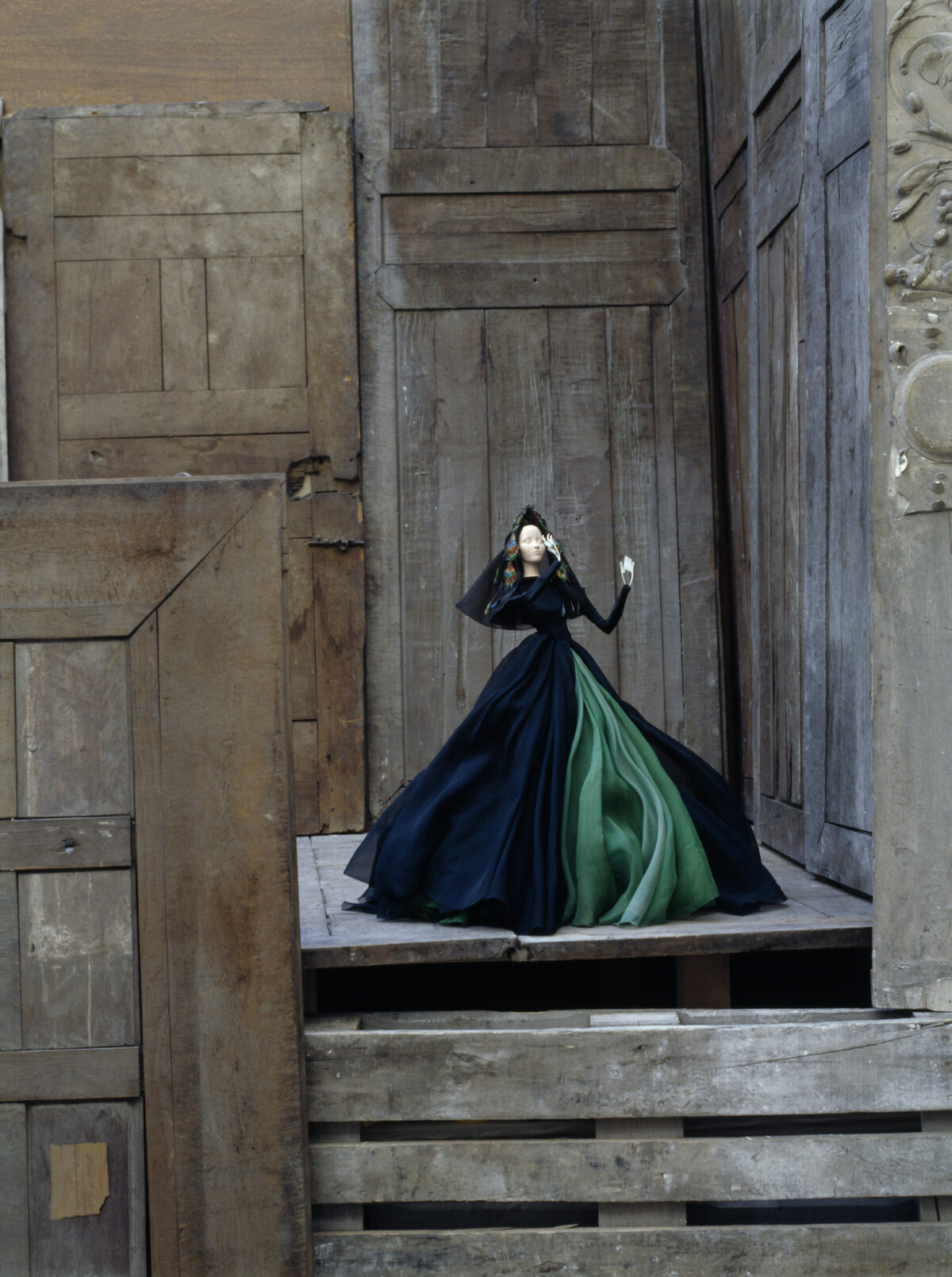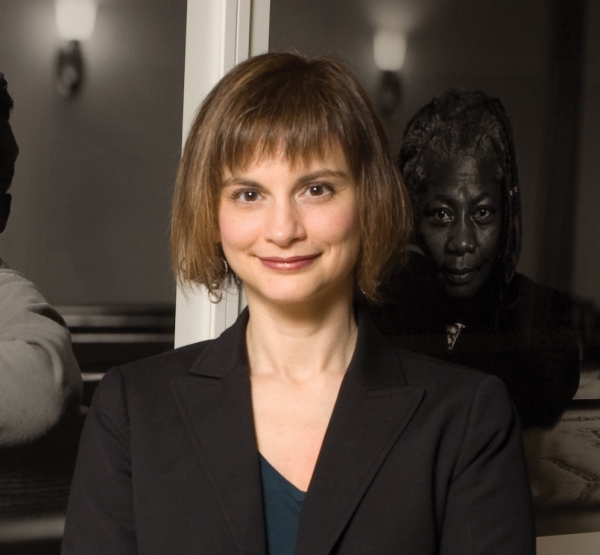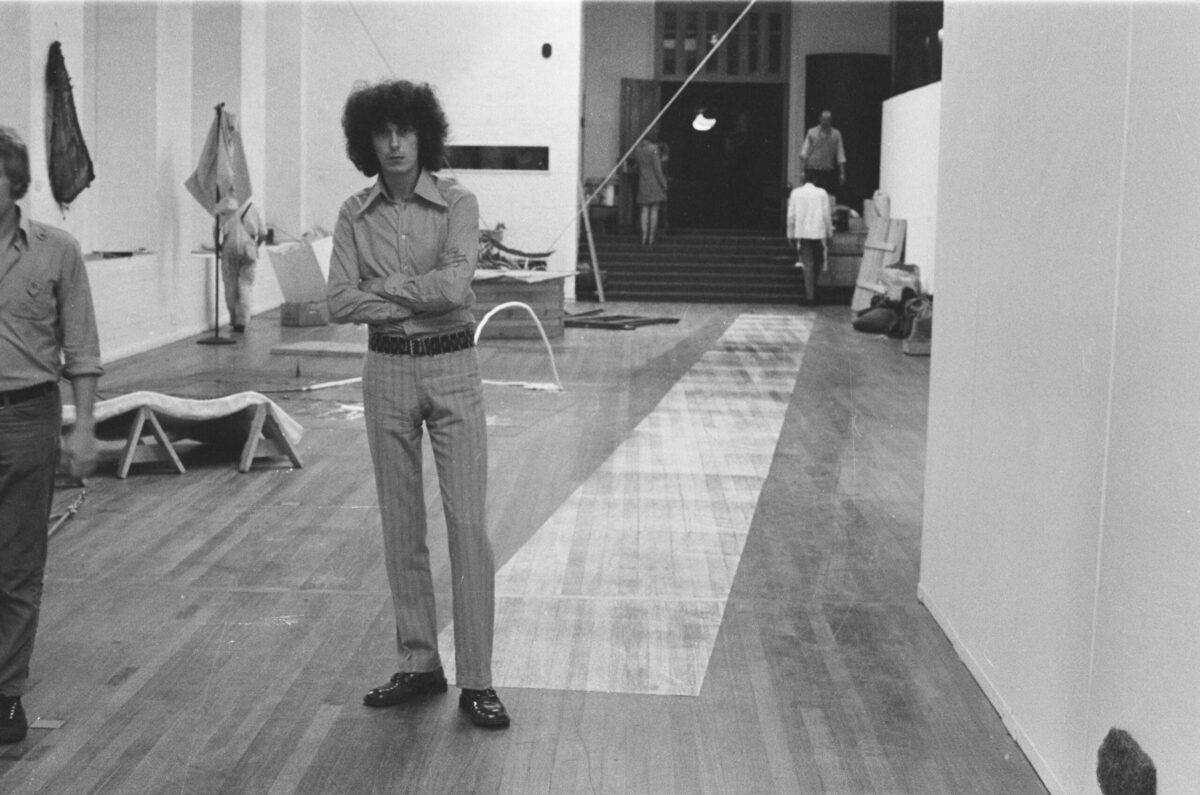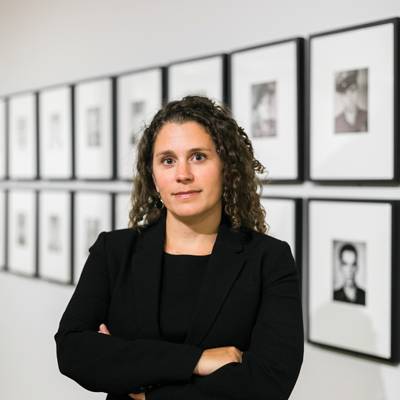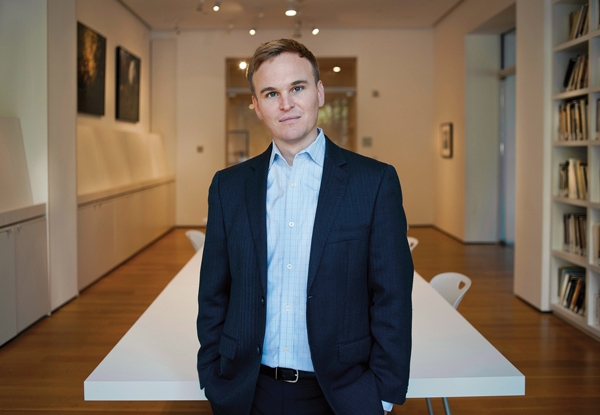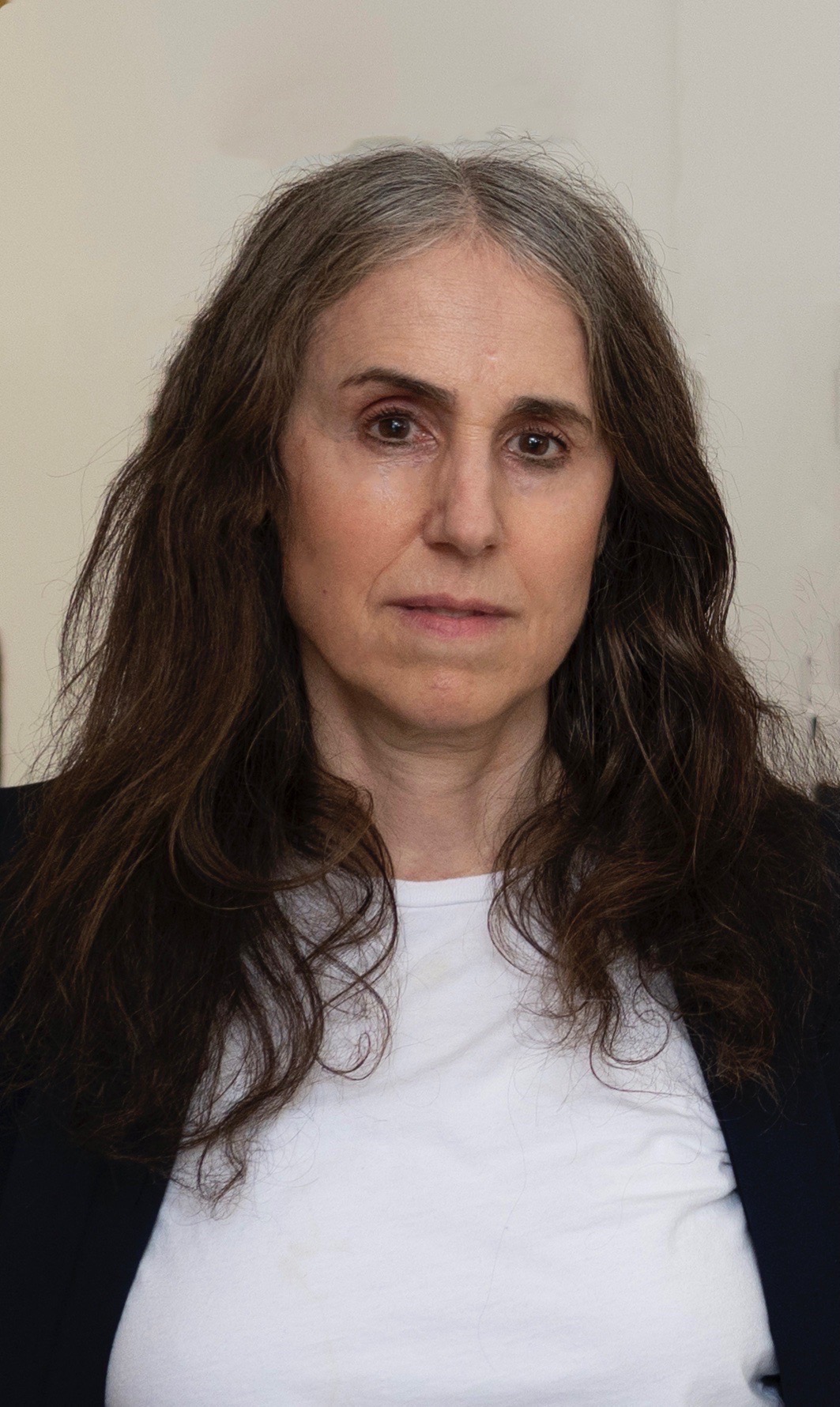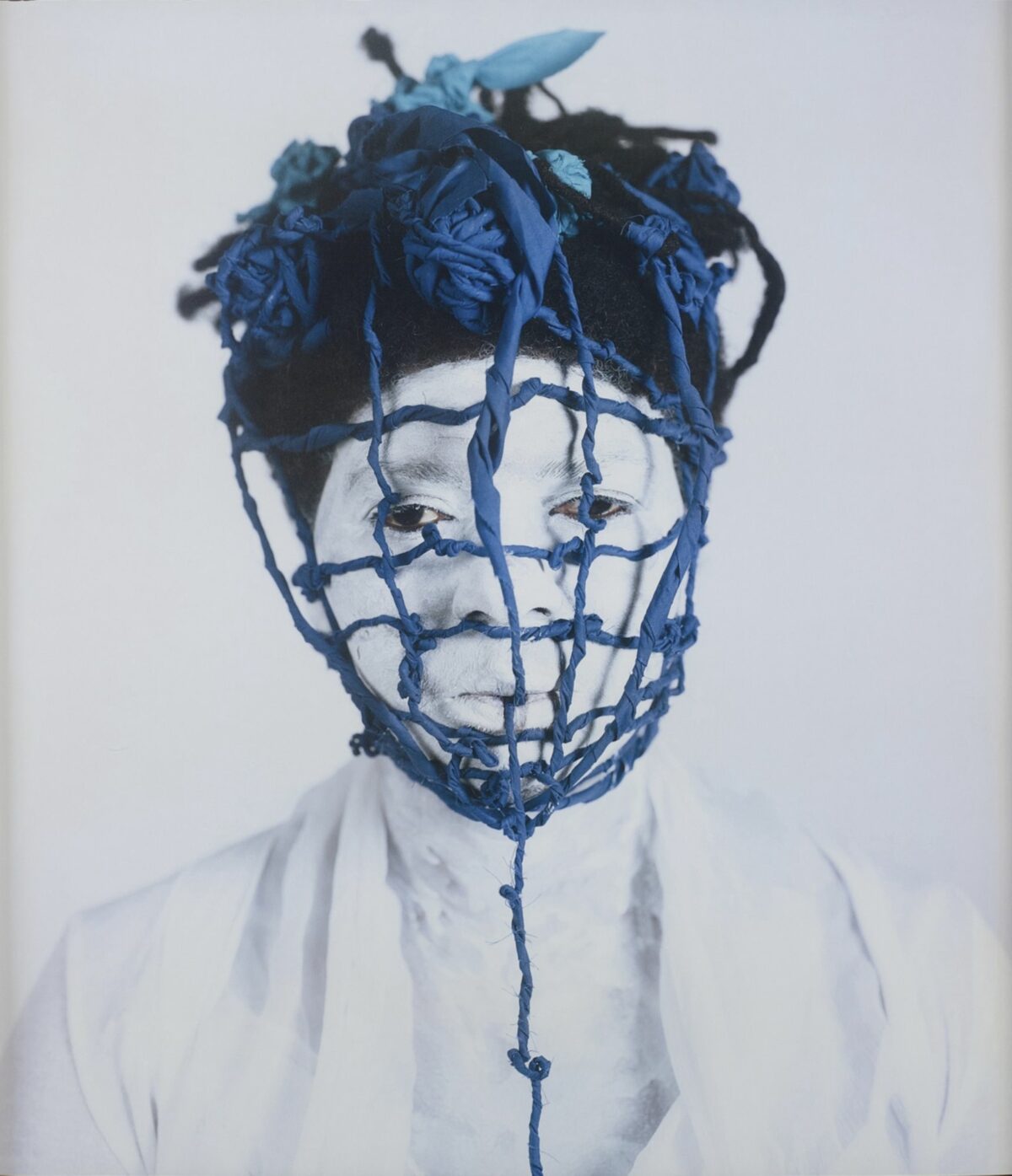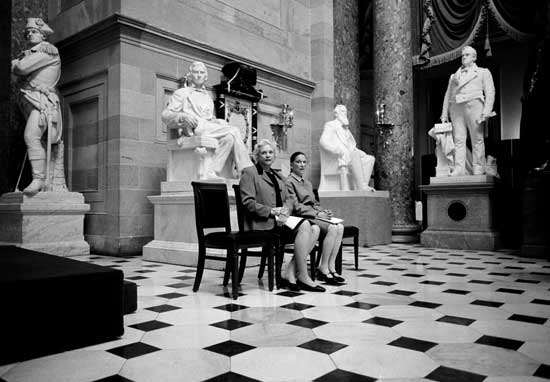

To mark its acquisition of the archive of photojournalist David Hume Kennerly, the Center for Creative Photography in Tucson, AZ, organized a smart, concise exhibition of his photographs, on view at the University of Arizona’s Old Main building through March 11. With 25 images, just a small fraction of the Kennerly archive of nearly one million photographs – and counting – the exhibition nevertheless gives viewers a sense of the ground he has covered in his impressive 50-year career. Wars, presidents, political protests, and boxing matches (including a famous photograph of Muhammad Ali falling to the mat in the Ali-Joe Frazier fight at Madison Square Garden in 1971) are just a few of the subjects Kennerly has photographed for Newsweek, Time, and Life magazines, among other publications. You’ve probably seen his photographs without knowing who took them. At the age of 25, he won a Pulitzer Prize for journalism, and this small but satisfying selection of images suggests why.
It also suggests why, as Kennerly and historian and author Jon Meacham made forcefully clear in a public conversation held at the University in October, journalists and photojournalists are crucial to a functioning democracy. The exhibition includes several photographs of American troops during the Vietnam War, tough pictures that showed the toll the conflict was taking on young American soldiers while also indicating that photojournalists, then and now, regularly put themselves in harm’s way. A photograph of a young, bespectacled Hillary Rodham Clinton during the impeachment hearings of Richard Nixon in 1972 resonates with the events currently unfolding in the Trump White House. A photograph of Senator Robert F. Kennedy in Los Angeles in 1968 is made poignant by the caption, which notes that it was taken moments before Kennedy was assassinated. Kennerly has photographed every American president since Richard Nixon, and he was Gerald Ford’s official photographer. The access he was granted is suggested by a photograph of the newly installed president, feet up on the desk in the Oval Office, surrounded by shelves emptied by a departing, and disgraced, Nixon. The best photojournalists know an evocative moment when they see it, and Kennerly’s picture of Supreme Court Justices Sandra Day O’Connor and Ruth Bader Ginsburg waiting to address the Congressional Women’s Caucus in 2001 is one of them. They sit, looking toward the future, surrounded by stern-faced statues of dead white men, monuments to history.


